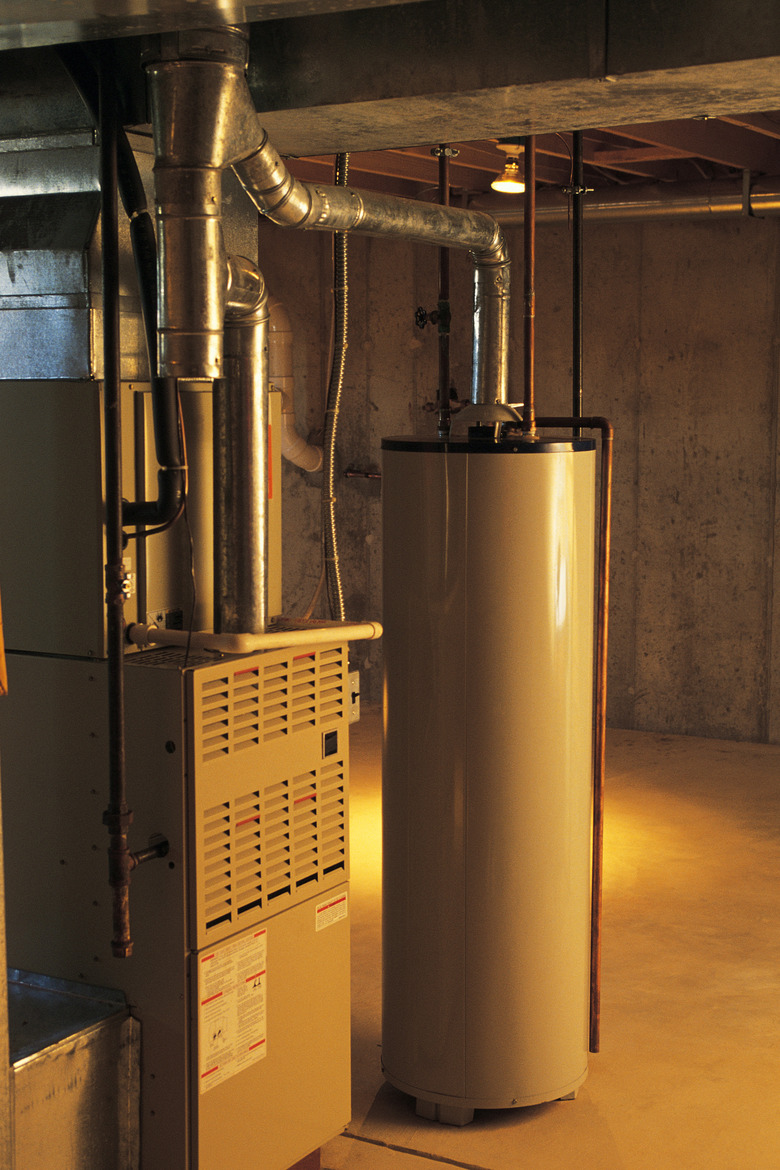How To Calculate Boiler Heat Input Rate
Depending on its energy source, a boiler may get its heat from the flow of electric current or from burning fuel. Each of these sources offer its own method for calculating the boiler's heat input rate. A separate method, however, works for all boilers. The boiler's heat input rate is proportional to the rate at which the temperature of the water within it rises. The factor relating these rates is the specific heat capacity of water.
Step 1
Subtract the water's initial temperature from its temperature at the end of the period whose input rate you are calculating. For example, if the water in the boiler rises from 20 to 50 degrees Celsius, subtracting 20 from 50 gives 30 degrees.
Step 2
Multiply the temperature rise by the water's weight in kilograms, which is equivalent to its volume in liters. For example, if the boiler contains 100 liters of water, multiplying 30 by 100 gives 3,000.
Step 3
Multiply this answer by 4,186, water's specific heat capacity. Continuing the example, multiplying 3,000 by 4,186 gives 12,558,000, the boiler's heat gain, measured in joules.
Step 4
Divide this heat gain by the length of time for which the boiler runs, measured in second. For example, if the boiler runs for 1,800 seconds, dividing 12,558,000 by 1,800 gives 6,977, or a little under 7,000. This is the heat input rate, measured in joules per second, or Watts.
Step 5
Divide the heat input rate by 1,000 to convert it to kilowatts. 7,000 divided by 1,000 gives a rate of 7 kW.
Cite This Article
MLA
Menezes, Ryan. "How To Calculate Boiler Heat Input Rate" sciencing.com, https://www.sciencing.com/how-12088319-calculate-boiler-heat-input-rate/. 7 August 2017.
APA
Menezes, Ryan. (2017, August 7). How To Calculate Boiler Heat Input Rate. sciencing.com. Retrieved from https://www.sciencing.com/how-12088319-calculate-boiler-heat-input-rate/
Chicago
Menezes, Ryan. How To Calculate Boiler Heat Input Rate last modified March 24, 2022. https://www.sciencing.com/how-12088319-calculate-boiler-heat-input-rate/
